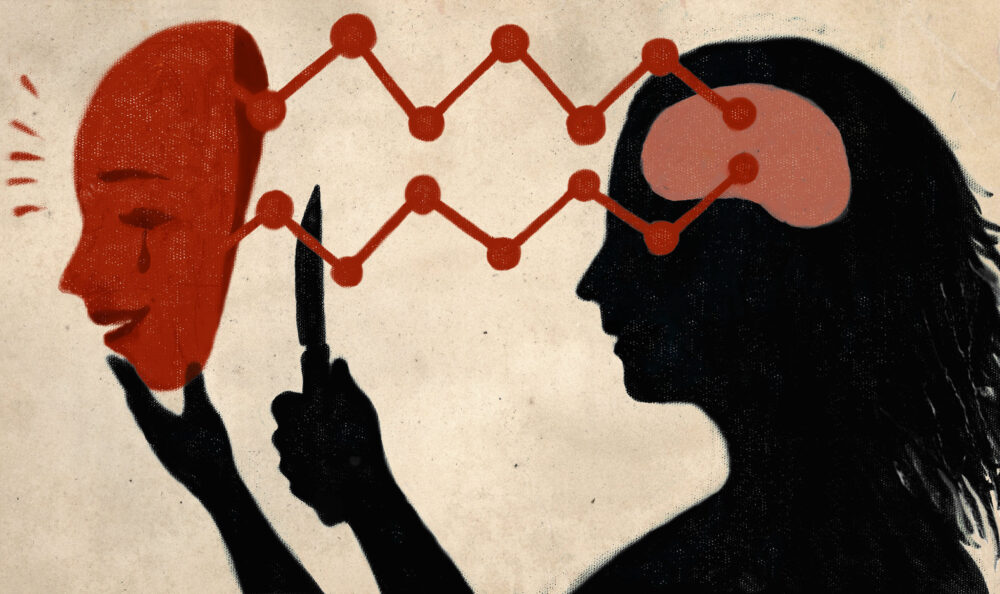Structure of a Criminal’s Personality
The structure of a criminal’s personality is fundamentally similar to that of any person, but it contains certain specific criminogenic traits in some of its elements. In the literature, it is generally accepted to distinguish at least the following characteristics: socio-demographic, socio-psychological (with varying interpretations), moral-psychological, and criminal-legal properties.
Main Components of a Criminal’s Personality Structure
In our view, the structure of a criminal’s personality can be divided into several blocks (subsystems):
- Demographic characteristics of the criminal (gender, age, place of residence, social and family status, etc.). The connection between these traits and criminal behavior can be seen as internal conditions. For example, most criminals are men aged 18–29.
- Social traits of the criminal (status, roles, value orientations, life meaning, motivation, etc.), which are often socially negative. For instance, Soviet researchers Yu. D. Bluvastein and A. M. Yakovlev considered a “negative attitude toward work” to be a specifically criminal trait. These features primarily serve as internal causes of criminal behavior. Religious fanaticism, whether in illegal sects or official denominations, can also play a similar role.
- Socio-psychological qualities of the criminal, meaning those revealed in interactions with others. While these traits are neutral in direct relation to criminal behavior, they act as internal conditions in the formation of a criminogenic situation. Examples include sociability or isolation, adaptability, leadership or submissiveness, and conformity or nonconformity.
- Moral-psychological traits can be divided into:
- a) Negative character traits (primitive “anarchism,” aggressiveness, rudeness, cruelty, cynicism, selfishness, impulsiveness, affectivity, etc.), which manifest in criminal behavior either as internal causes or conditions.
- b) Neutral personal traits such as intelligence and its level of development (for example, many criminals lack abstract thinking skills), willpower, duality of nature (e.g., cunning), and other qualities that serve as internal conditions for criminal behavior.
- Anatomical and psychophysiological qualities usually have a neutral value and may act as internal conditions that either facilitate or hinder the realization of criminogenic motivation in criminal behavior (e.g., physical strength, sexual potential, temperament type, etc.).
- Criminal-legal characteristics include both general (a physical person, sanity, having reached a certain age) and special features, such as those of a special subject of a crime (official, military personnel, accomplice, etc.).
Conclusion
Thus, the personality of a criminal is studied in criminology only to the extent that its analysis answers questions about the internal causes or conditions of criminal behavior. Biological traits play a threefold role in the causal structure of criminal behavior, acting as internal conditions at three levels. In summary, the structure of a criminal’s personality should be considered in terms of demographic, social, socio-psychological, moral-psychological, anatomical and psychophysiological, as well as criminal-legal characteristics.



